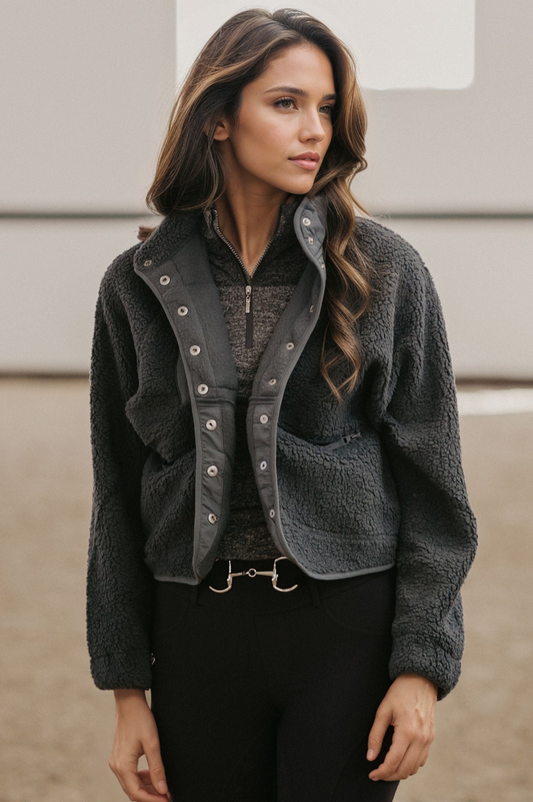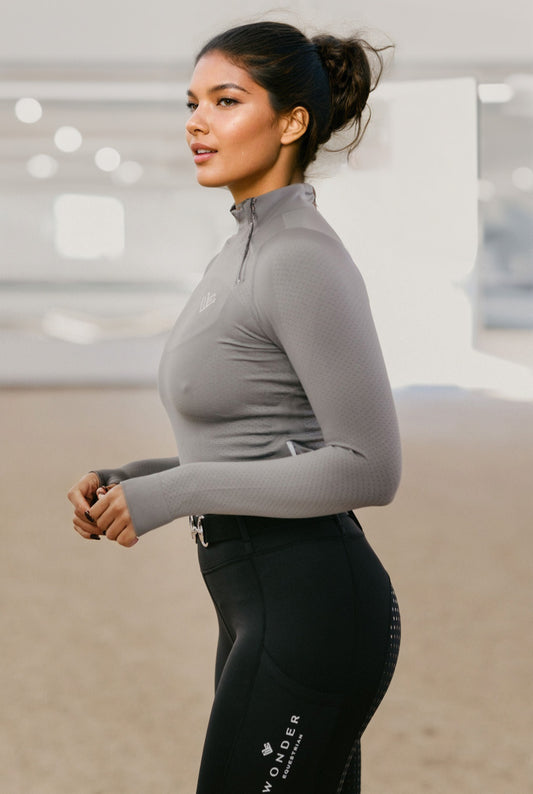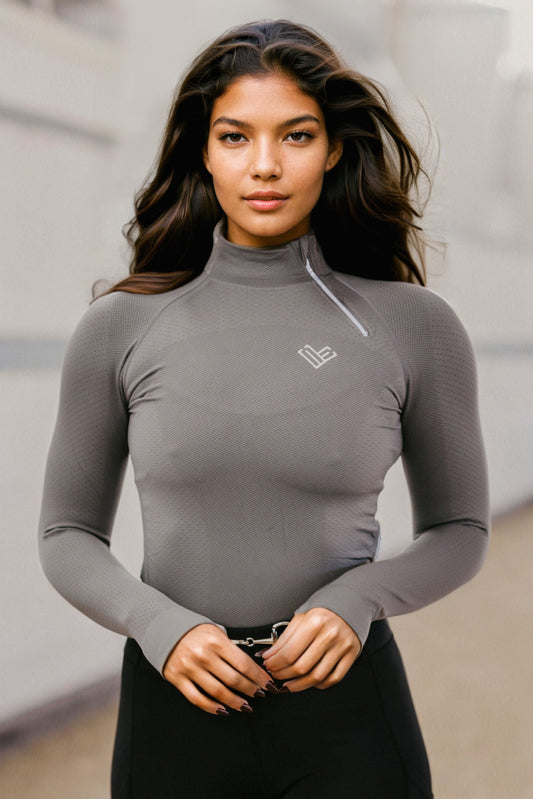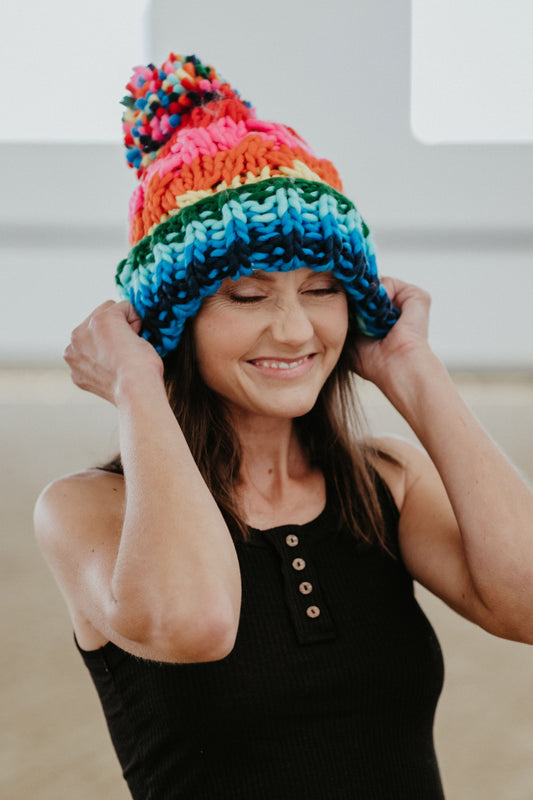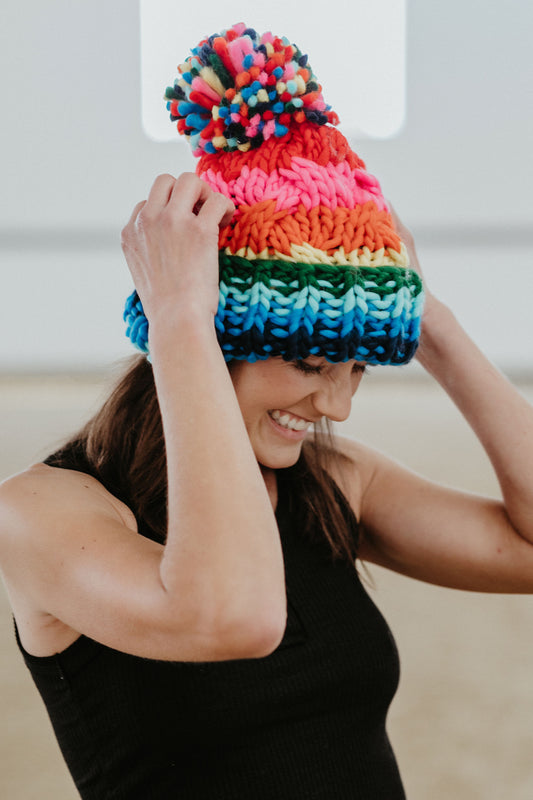Understanding Different Types of Riding Boots
Before plunging into the quest for the perfect pair of riding boots, it's essential to understand the various types available. Broadly speaking, riding boots are categorized based on their style and discipline: Dress Boots, Field Boots, Jodhpur Boots, Paddock Boots, and Western Boots. Dress Boots, characterized by their high-rise and sleek design, are traditionally used in dressage and formal hunts. Field Boots share similarities with dress boots but feature lacing at the ankle, providing flexibility, which is advantageous for jumping disciplines. Jodhpur and Paddock boots are ankle-high and commonly used for casual riding or in-hand showing, while Western Boots are designed with a distinct heel and are used for western riding disciplines.
Considering Material and Construction
The material of riding boots greatly affects their comfort, durability, and performance. Leather is a traditional choice for its durability and ability to mold to the rider’s leg for a custom fit over time. Synthetic materials, on the other hand, are often more affordable, easier to maintain, and in some cases, more suitable for various weather conditions. Additionally, consider the construction of the boot—go for those with strong stitching, a sturdy sole, and comfortable insoles. The quality of the zipper or laces, if applicable, should also be taken into account as these are areas that can experience wear and tear.
Finding the Right Fit
One of the most crucial aspects of selecting riding boots is the fit. A boot that is too tight can restrict circulation and cause discomfort, while a loose boot can lead to blisters and unstable footing. Be sure to measure your foot, calf, and leg height accurately. Choose a boot with a snug fit around the calf and one that rises to the correct height on your leg—just below the knee for tall boots, or covering the ankle for short boots. Also, consider the break-in factor for leather boots; they should start snug as they will stretch and conform to your leg over time.
Assessing Sole and Heel Design
The sole and heel of the riding boot are crucial for both safety and comfort. A well-designed sole will offer grip and stability in the stirrup, while a low, slight heel (around 1 inch) is necessary to prevent the foot from slipping through. Some soles are designed to be anti-slip and cushioned for additional comfort during long hours in the saddle. Evaluate these features based on the type of riding you intend to do and the conditions under which you will be riding.
Personal Style and Additional Features
Riding boots can also reflect your personal style and the needs of your riding discipline. For example, Dressage riders might opt for a sleeker, more elegant boot, while Eventers might look for something with more grip and endurance. Some boots come equipped with features like waterproofing, insulated lining, or impact protection. In addition, consider if the boot will be used solely for riding or if a more versatile design that is comfortable for groundwork and daily chores is needed.
Maintenance and Longevity
Lastly, factor in the care that your boots will require. Leather boots often demand regular cleaning and conditioning to maintain their appearance and flexibility. Synthetic boots might only need a wipe-down and are generally easier to care for. Whatever you choose, investing time in maintenance can significantly increase the lifespan of your riding boots. Anticipate the level of care you are willing to commit to and make your selection accordingly.
Selecting the right riding boots is a balance of function, comfort, and style. By considering the type of boot needed for your riding discipline, assessing the materials, ensuring a proper fit, examining the sole and heel, expressing your style, and preparing for maintenance, you can find the perfect pair of riding boots that will aid your riding experience. Remember that the perfect boots not only look good but also keep you secure and comfortable in the saddle, so take your time in making this important decision.
Shop Wonder Equestrian



